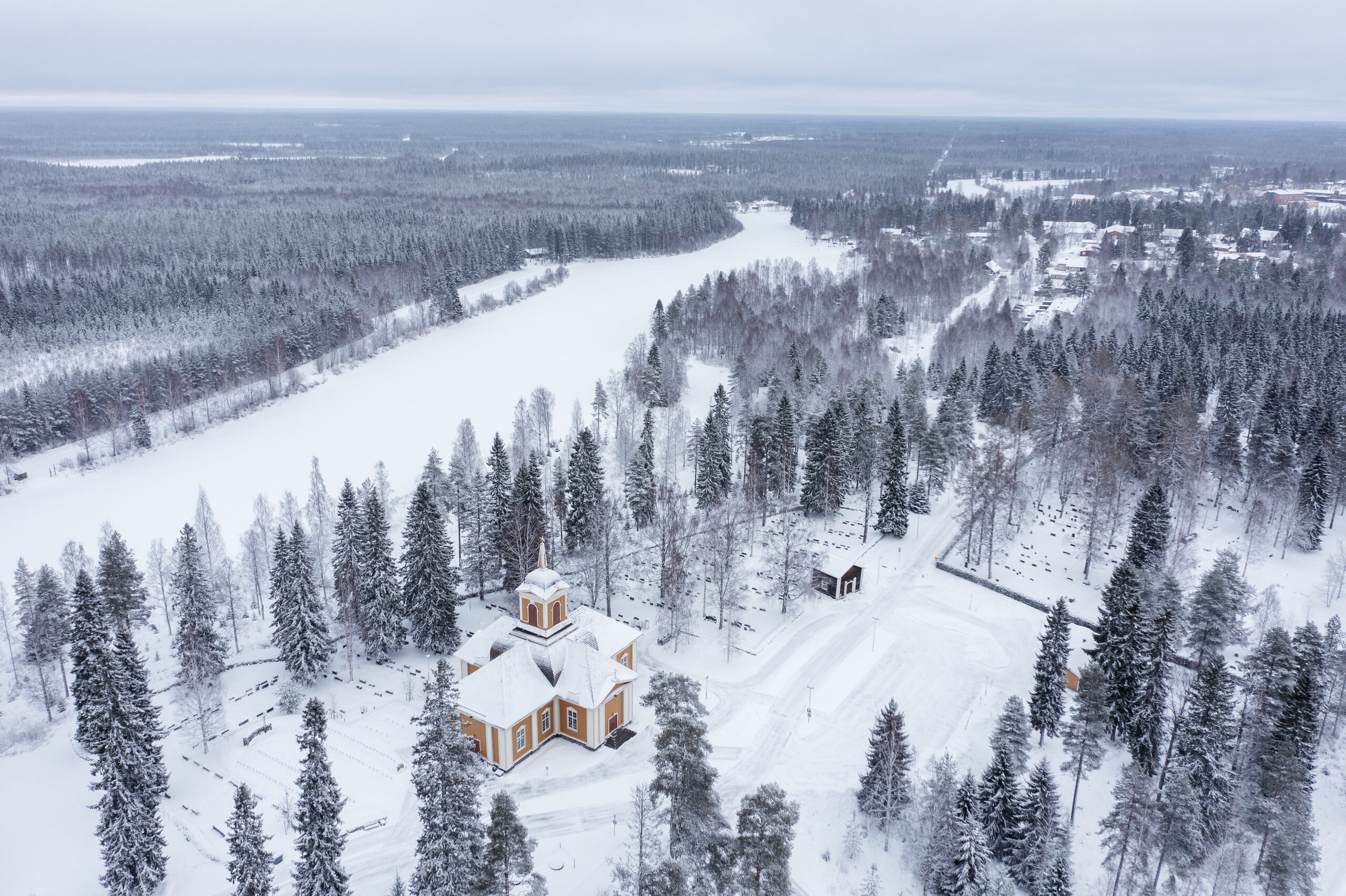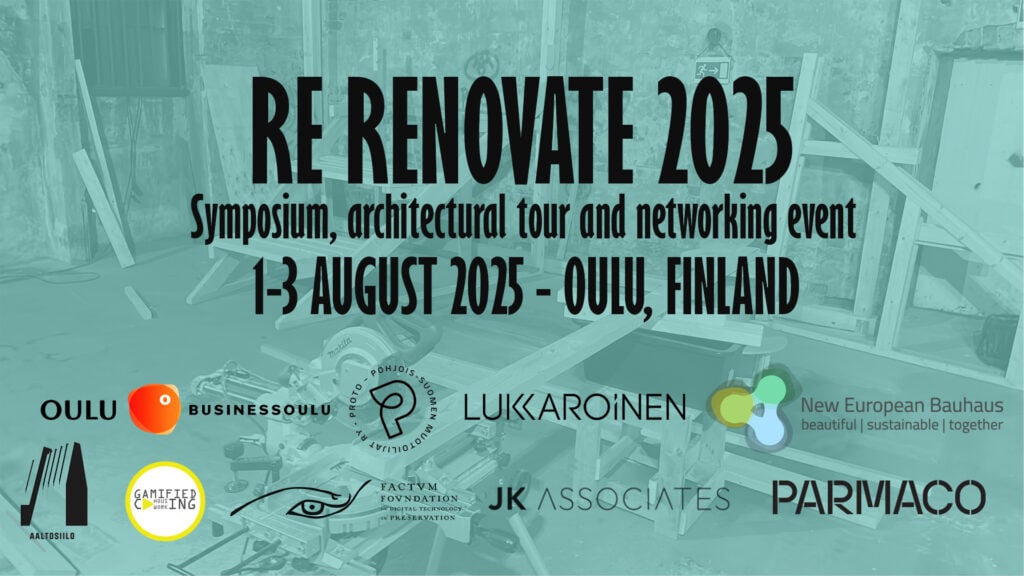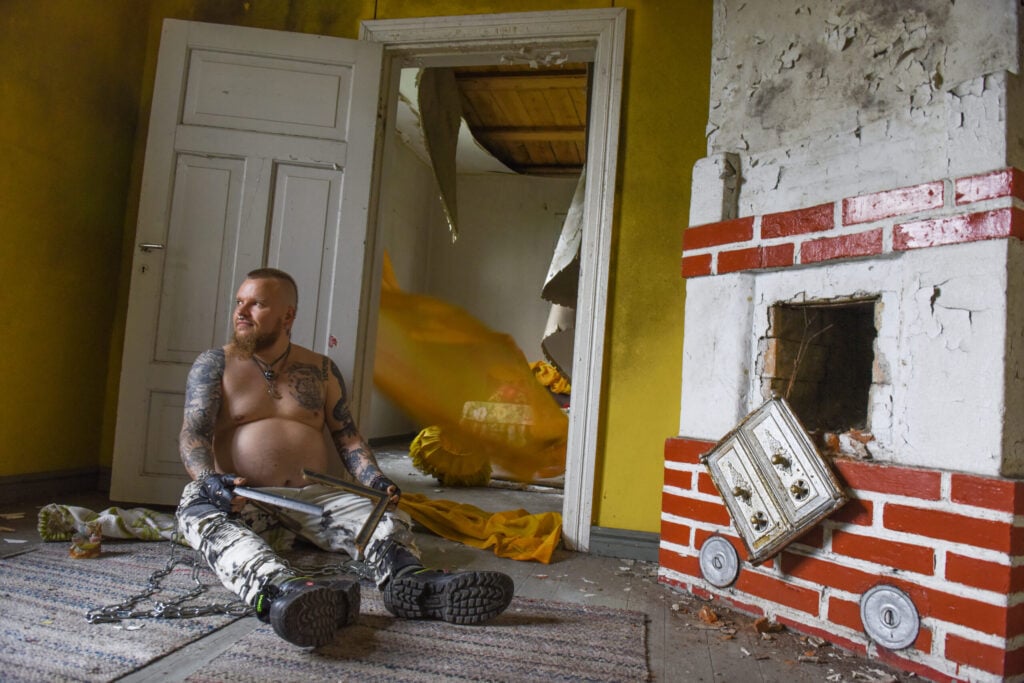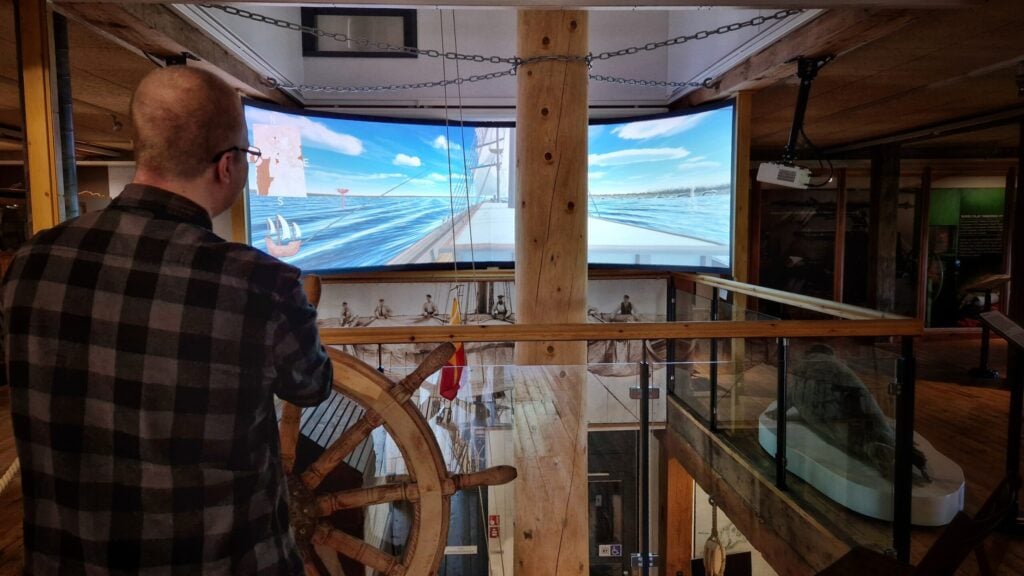Launching June 2026 in Oulu, Finland – one of the world’s northernmost cities, located just below the Arctic Circle – Climate Clock is a permanent public art trail intertwining art, science and nature to inspire environmental awareness and reconnect us with nature’s time. Eight internationally acclaimed artists will collaborate with scientists and communities to create major site-specific works that respond to the unique light, natural rhythms and urgent climate challenges of the region, which is warming four times faster than the global average*. Artworks will be created in dialogue with distinct natural settings across the municipality of Oulu to embrace its woodland forests, frozen rivers and the Bothnian Bay – evoking a deeper understanding of our interconnectedness with the Earth.

Oulu2026, the European Capital of Culture, announces the line-up of artists participating in Climate Clock, one of its most significant productions launching in June 2026. Unfolding as a permanent public art trail across the municipality of Oulu in Northern Finland, Climate Clock will showcase works by seven internationally acclaimed artists: Ranti Bam (b. 1982, Nigeria/UK), Rana Begum (b. 1977, Bangladesh/UK), Takahiro Iwasaki (b. 1975, Japan), Gabriel Kuri (b. 1970, Mexico/Belgium), Antti Laitinen (b. 1975, Finland), Tellervo Kalleinen & Oliver Kochta-Kalleinen (b.1975, Finland and b.1971, Germany/Finland) and SUPERFLEX (artist group, Denmark).
Each of the commissioned artists will collaborate with a scientist to create site-specific outdoor installations that blend into natural and urban settings across the municipality. The artworks will celebrate the region’s breathtaking natural beauty, from the seas that freeze in winter, to the intense short summers with extremes of light. As one of the world’s northernmost cities, located 200 kilometres south of the Arctic Circle, Oulu is warming four times faster than the global average, making it a vital site to create a pause for reflection on the acceleration and necessity of addressing climate change. In a modern world where the pace of life has drifted out of synchronicity with nature’s rhythms, the artworks prompt us to reflect on our forgotten connection with nature’s own ‘time’.
Curated by Alice Sharp, founder and Artistic Director of the UK-based international environmental art organisation Invisible Dust, Climate Clock draws from Sharp’s fifteen-year expertise of working with artists and scientists. She comments: “The Climate Clock is ticking, the snow is melting, and we are learning anew what our forebears knew – that time is not ours to command; that nature keeps its own time. It has been so exciting to see how the artists have embraced scientific environmental thinking in Oulu2026’s incredible context, from the archaeological remains of Stone Age spiritual practices to measuring the uncontrollable melting of glaciers.”
Works by Ranti Bam and Antti Laitinen will encourage people to contemplate their physical and spiritual relationship with the natural world. In Yli-Ii, a woodland area beside the River Iijoki and home to the Kierikki Stone Age Centre, Bam has involved local people in clay and organic material-making workshops, sharing ideas with archaeologists and geomorphologists. Situated next to the river, her large-scale ceramic vessels evoke the intrinsic but diminished synchronicity between humans and the environment, with clay symbolising their shared resilience and vulnerability. Laitinen’s installations will blend with the woodland beside the Koiteli river rapids of Kiiminki, encouraging viewers to pause and see the water and wildlife in a new way. Inspired by his work with a lichenologist, two large-scale kinetic sculptures incorporate moss and lichen – a bioindicator of air quality – exploring the impact of local pollution on their growth.
Rana Begum will draw inspiration from Oulu’s subarctic light and intricate shapes of its sea ice to create an interactive series of sculptures that will transform the city’s central square. Developed through conversations with glaciologist Alun Hubbard (University of Oulu), Begum draws on his research (shown on the BBC’s Frozen Planet) of the alarming melting rate of Arctic Circle glaciers. Sculptor Takahiro Iwasaki is working with snow hydrologist Pertti Ala-aho to create delicate, miniature forms that capture the magic of nature. Set in Ylikiiminki, and linked to its annual Tar Festival, his work will reference local architectural shapes, an example of how each installation will celebrate the historic and cultural significance of their location.
A cautionary work by Gabriel Kuri will transform public spaces within the suburban area of Oulunsalo. Working with UK-based climate scientist Kevin Anderson, Kuri’s work incorporates the visual language of risk assessment charts to warn of the dangers of climate change. SUPERFLEX will create a new marine landmark set along the harbour of the coastal area of Haukipudas. The Danish artist group brings their significant long-term collaboration with marine biologists and scientists to produce a new sculpture which, if submerged through rising sea levels, would foster marine biodiversity. Developed in conversation with local fishermen, the work exemplifies the legacy of the wider Climate Clock project and encourages the public to slow down.
Finally, a participatory artwork by artist duo Tellervo Kalleinen and Oliver Kochta-Kalleinen invites residents of Oulu to co-create The Most Valuable Clock in the World – its value stemming from the precious time contributed by locals. The clock’s hour hand will display moments from Oulu’s natural annual cycle, chosen in collaboration with scientific researchers from Lapland’s Arctic Center and Oulu University; and the minute and second hands will highlight valuable everyday moments filmed by, or involving, locals. The work questions how we create ‘value’ in our fast-moving, modern consumer culture – and what kind of aspects of life have no price tag on them. The work will debut in June 2026 before touring throughout Oulu municipality and along with all the other works along the trail it will eventually be part of the Oulu City’s art collection.
Samu Forsblom, Programme Director of Oulu2026, commented: “We are proud of the wonderful collaboration with local residents and schools, who have contributed their ideas and creativity to The Most Valuable Clock in the World artwork. All of the international artists have been deeply inspired by their encounters with our community, the unique nature, and local history, as well as by their collaboration with scientists. Our partnership with the Oulu Museum of Art and Oulu’s Urban Environment Services ensures that these artworks will bring lasting joy to residents and visitors alike, well beyond the European Capital of Culture year in 2026.”
Programmed and managed by international producer Claudia Woolgar and the Oulu2026 team, Climate Clock will embody Oulu2026’s central concept of ‘cultural climate change’, harnessing art to raise environmental awareness, inspire hope for the future of the planet, and foster a permanently enriched cultural life for the region.
Further information about Climate Clock and the artists here.
*Duffey, A., Mallett, R., Irvine, P. J., Tsamados, M., and Stroeve, J.: ESD Ideas: Arctic amplification’s contribution to breaches of the Paris Agreement, Earth Syst. Dynam., 14, 1165–1169, https://doi.org/10.5194/esd-14-1165-2023, 2023.



